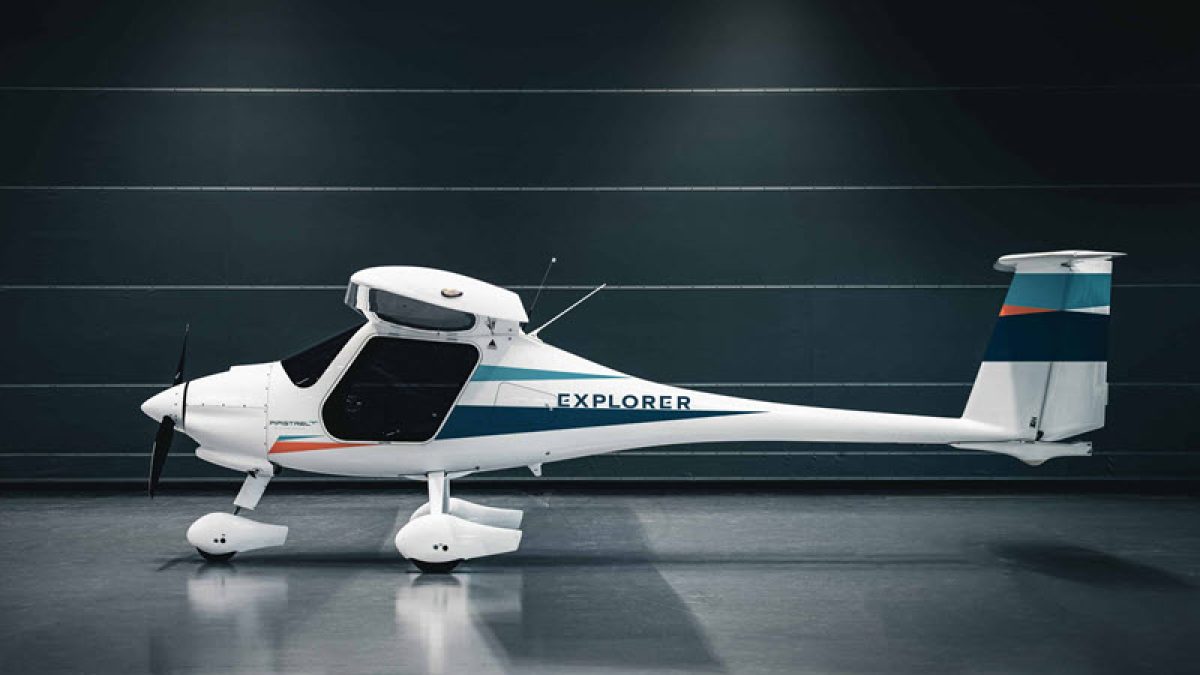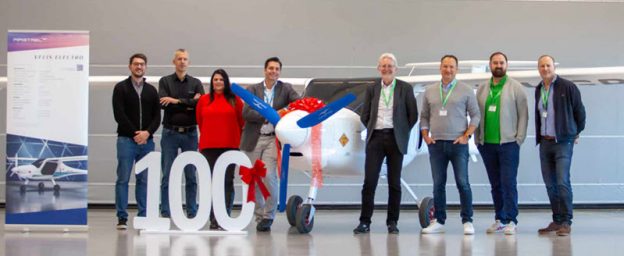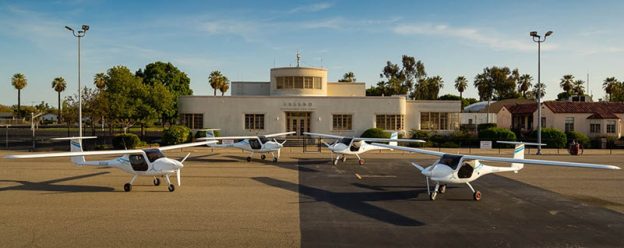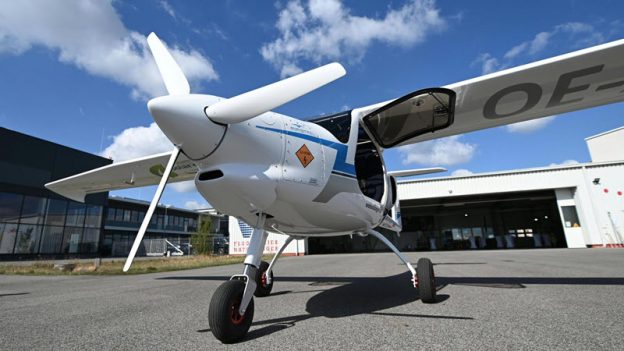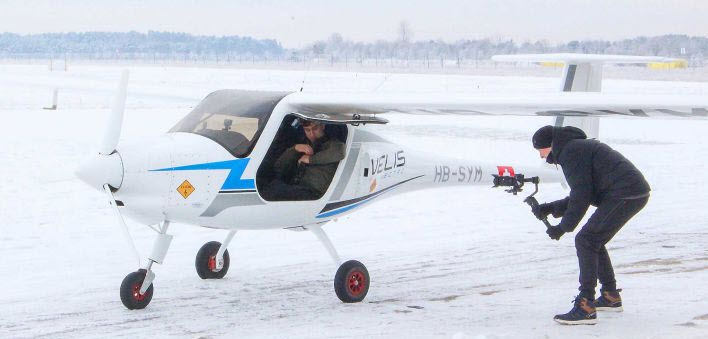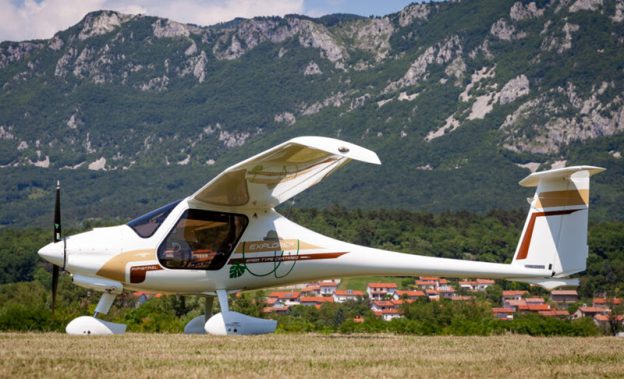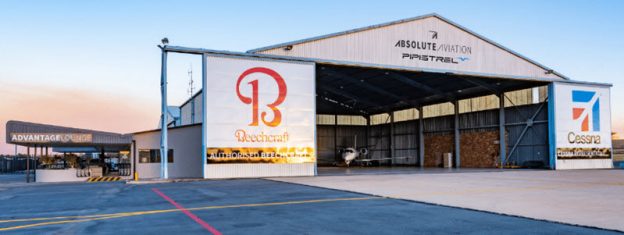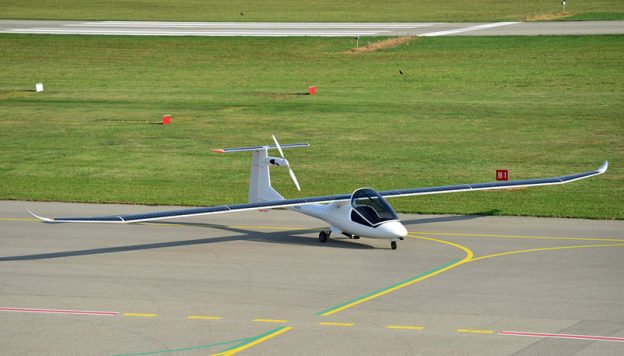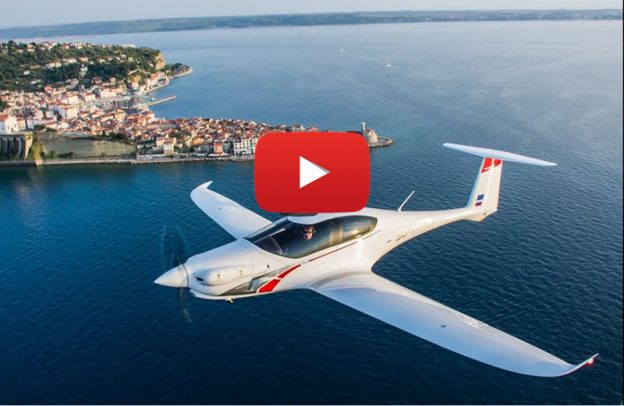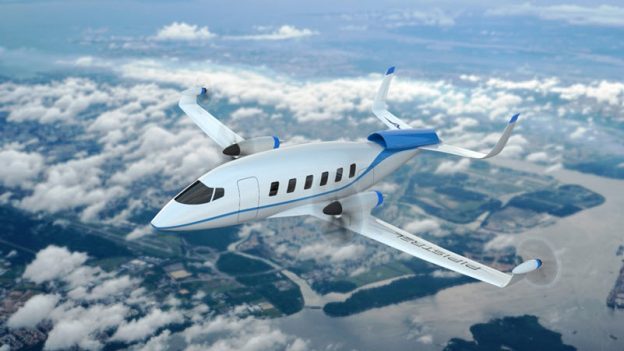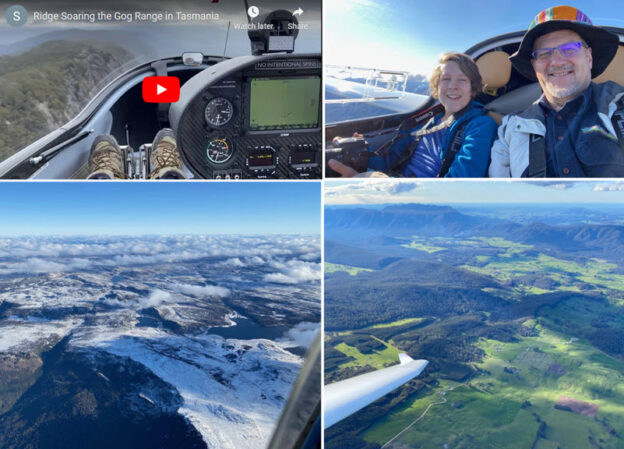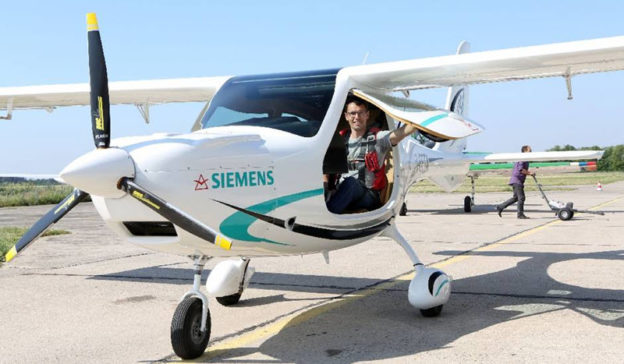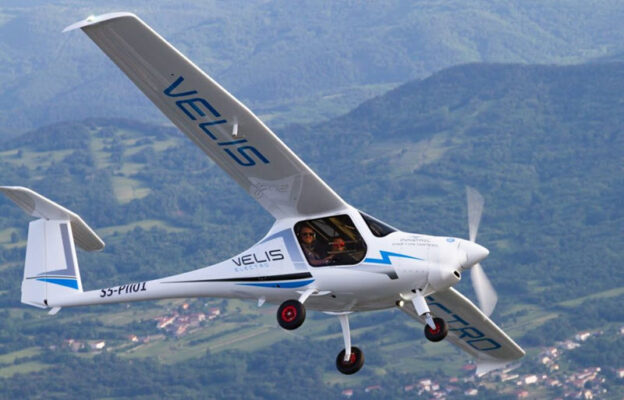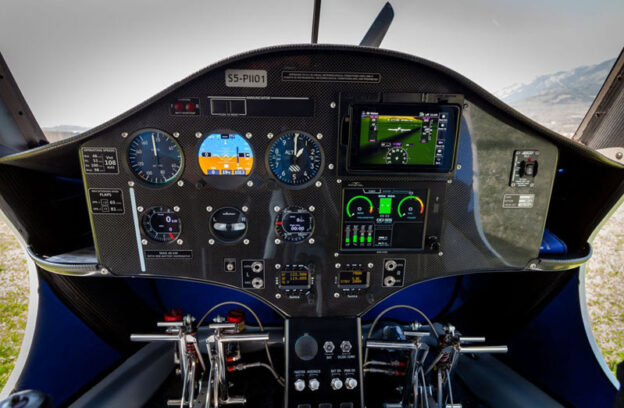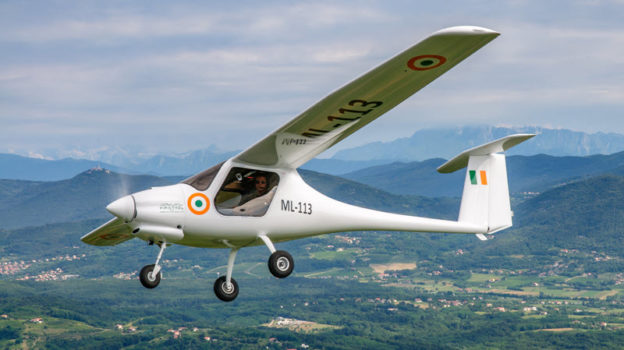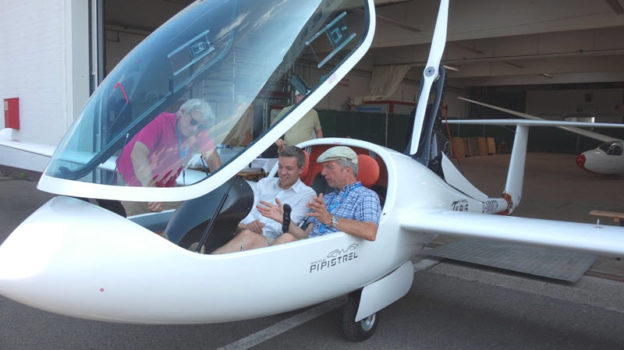Das Flugzeug steht in der Mitte der Piste 06 des Regionalflughafens Grenchen. Der letzte Blick über die Instrumente: Alles ist grün, wir sind bereit für den Start. Doch da ist etwas sehr ungewohnt: Kein Motorengeräusch ist zu hören, der Propeller dreht nicht, auch gibt es keine Vibrationen. Nur ein Summen und die Funkgespräche. Und doch, in wenigen Sekunden wird sich die Maschine in die Luft erheben. Es ist die Ruhe vor dem Flug in einem Elektroflugzeug.
Eine Premiere im über vier Jahrzehnte andauernden Fliegerleben: Der erste Start in Grenchen mit einem Elektroflugzeug. Tausende von Take-offs gab es bis anhin für mich, aber das Loslösen von der Erde erfolgte immer mit Hilfe fossiler Energie. Nun kommt der Schub aus einer Batterie. Und nichts dreht sich, wenn keine Vorwärtsbewegung verlangt wird. Eigentlich logisch bei einem Elektromotor, aber für den E-Neuling doch irgendwie mit einem Überraschungseffekt. Einen Leerlauf gibt es nicht. Der Propeller dreht nur, wenn der Leistungshebel nach vorne gedrückt wird.
Mit 65 Kilowatt Leistung in Richtung Biel
Das macht Fluglehrer Hans Marthaler jetzt. Sofort ist der Zug zu spüren. Der Elektromotor gibt eine Startleistung von 65 Kilowatt ab (das entspricht knapp 90 PS). Das Flugzeug beschleunigt schnell und zieht kraftvoll in den Himmel. Kein dröhnender Lärm, wie er bei einem Kolbenmotor sonst im Cockpit zu hören ist. Die Nase der Pipistrel Velis Electro, so heisst das zweisitzige Kleinflugzeug, zeigt über der Grenchner Witi nach oben.
Schnell sind wir auf 500 Meter über Biel. Die Gleisanlagen des Bahnhofs und die daneben liegende riesige Baustelle des neuen Campus der Berner Fachhochschule grüssen herauf und werden von mir fotografiert. Nach Tausenden von Flugaufnahmen aus Flugzeugen mit Verbrennungsmotor bricht eine neue Zeit an, die ersten Landschaftsbilder aus einem Elektroflugzeug sind im Kasten.
Verhältnis von Geschwindigkeit und Energieverbrauch
Das Motorüberwachungsinstrument zeigt an, wie viel Energie im Moment verbraucht wird: Es sind 25 Kilowatt im Reiseflug. Dies ergibt eine Fluggeschwindigkeit von 140 km/h. Ein Liter Benzin entspricht aufgerundet einer Energie von neun Kilowattstunden. Mit anderen Worten: Unser Flugzeug ist jetzt mit einem äquivalenten Benzinverbrauch von weniger als drei Liter pro Stunde unterwegs und legt dabei eine Distanz von über 120 Kilometer mit einer Batterieladung zurück.
Aber eben, wir haben kein Benzin getankt, sondern Strom. Gleichzeitig zeigt das Instrument an, wie viel Flugzeit in Minuten verbleibt. Das Verhältnis von Geschwindigkeit und Energieverbrauch wird sofort erkennbar: Je mehr der Leistungshebel vorne ist und wir schneller unterwegs sind, desto kürzer die Flugzeit. Als «Benzinpilot» war dieses Verhältnis zwar auch klar, aber hier wird es ungemein deutlicher vor die Augen geführt: Die Flugminuten rasseln gnadenlos hinunter, wenn man den Powerhebel weit vorne hat.
50 Minuten Flugzeit
Bei normaler Leistungssetzung reicht bei der «Velis» eine vollgeladene Batterie für einen Flug von maximal 50 Minuten Dauer. Das ist noch nicht die Welt, aber immerhin ein Anfang. Die Maschine aus slowenischer Herkunft ist das erste E-Flugzeug der Welt, das von der europäischen Luftfahrtagentur EASA zertifiziert wurde und soll hauptsächlich in der Grundausbildung von Piloten eingesetzt werden. Dafür reicht die beschränkte Flugzeit allemal gut aus.
Wir befinden uns mittlerweile bei der St. Petersinsel und haben aber noch eine Restflugzeit von über einer halben Stunde in der Batterie. Hans Marthaler steuert die «Velis» nördlich des Flugplatzes Biel-Kappelen ins Limpachtal und von dort wird eine Durchquerung des Luftraums von Grenchen verlangt, um an den Jurahang zu gelangen. Die Stimme von Flugverkehrsleiter Simon Dietiker gibt uns die Freigabe.
Am Boden nicht zu hören
Übers Häftli und Lengnau kurven wir über Grenchen ein. Die Kamera klickt. Schön liegt das Städtchen am Jurasüdfuss, die Quartiere und Gebäude präsentieren sich in der Morgensonne bestens. Das Interesse zum Fotografieren gilt vor allem den Bauprojekten, die aus der Luft wie Wunden in der städtischen Umgebung aussehen. Auch Bettlach und Selzach statten wir einen Besuch ab. Obwohl es Sonntagmorgen ist, plagt den Fotografen kein schlechtes Gewissen wegen der Menschen unter sich, die nun auf den Balkons und in den Gärten am Frühstücken sind. Das E-Flugzeug ist auf dieser Höhe am Boden schlicht nicht zu hören. Quelle: ‚Grenchener Tagblatt‚.
Diesen Beitrag teilen mit:
Gefällt mir:
Gefällt mir Wird geladen …
